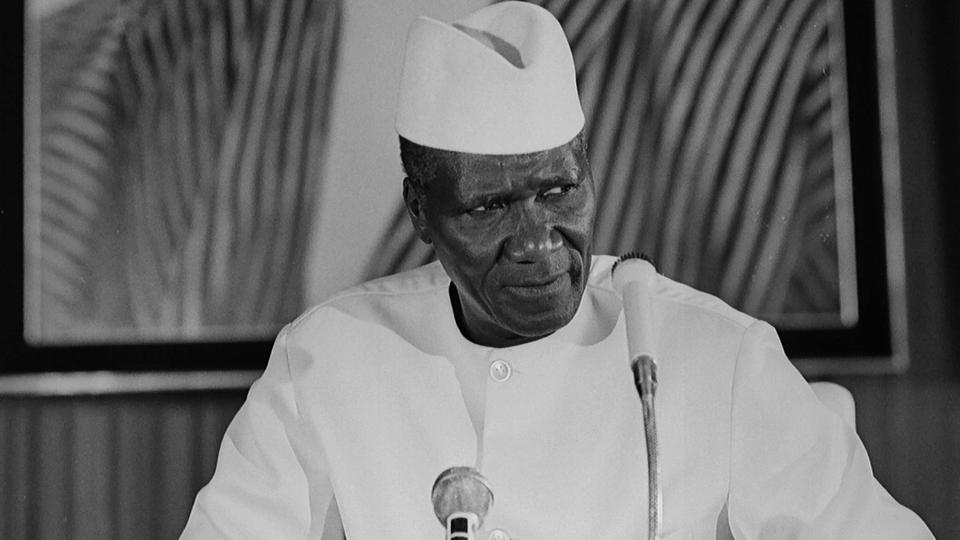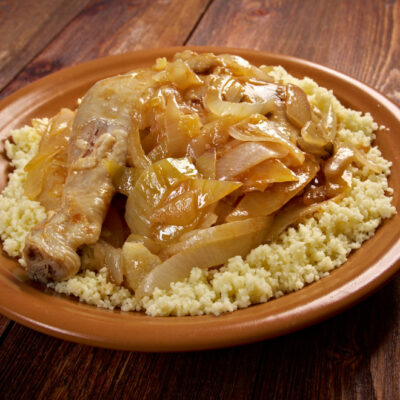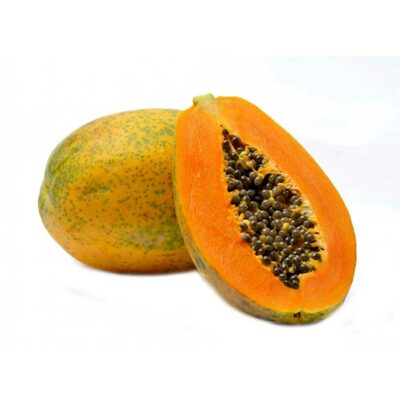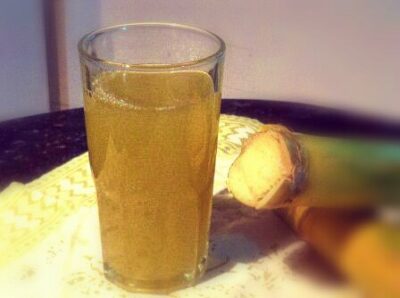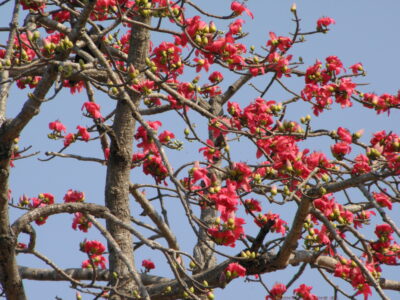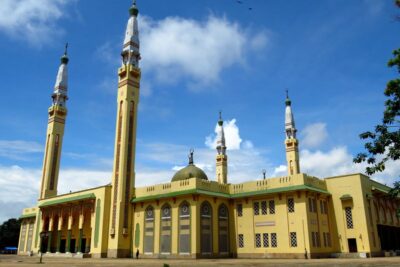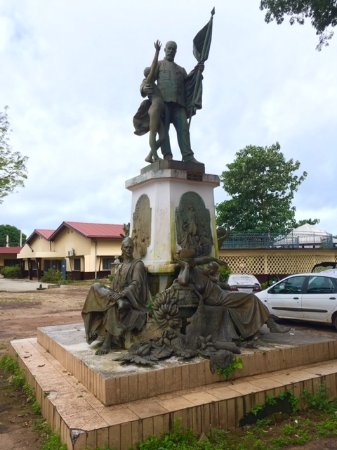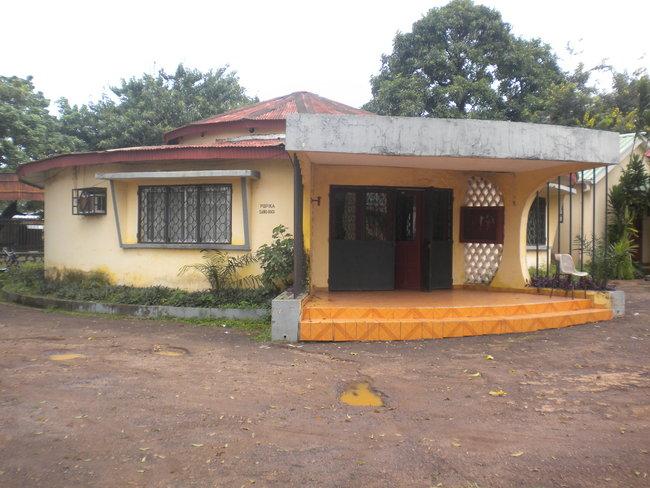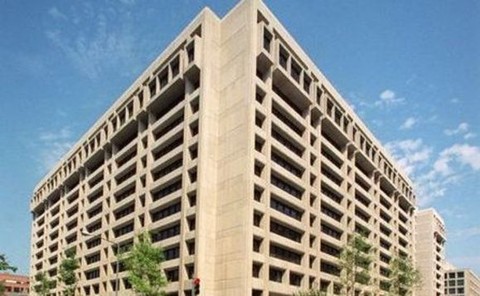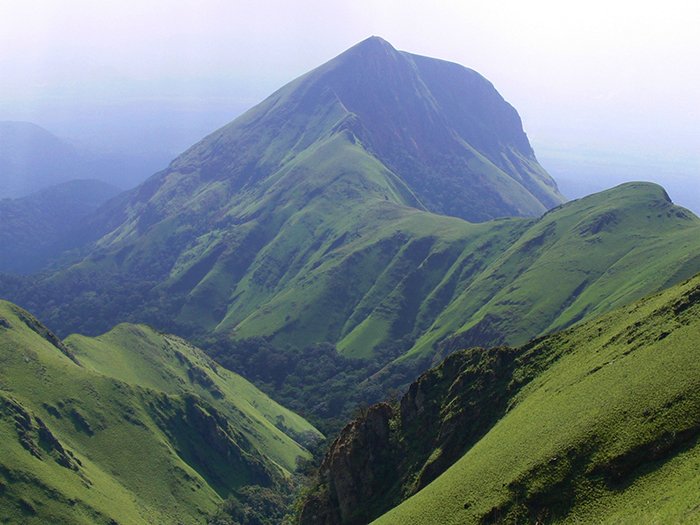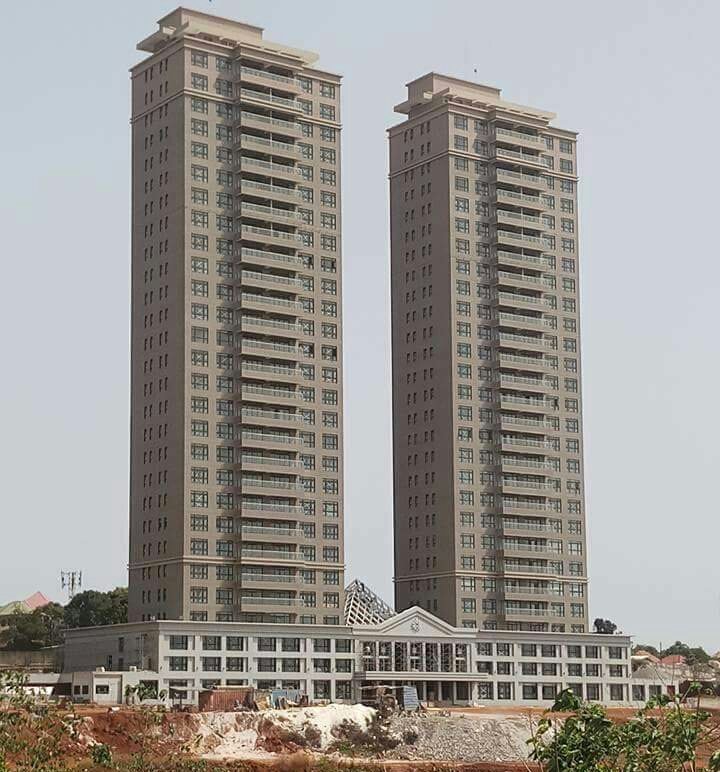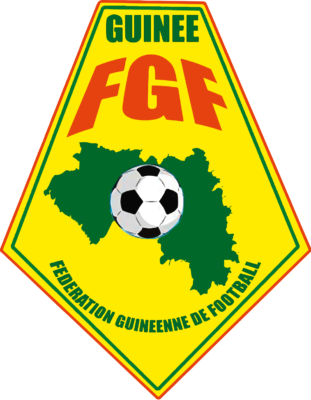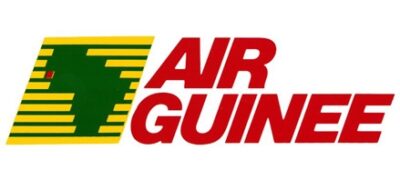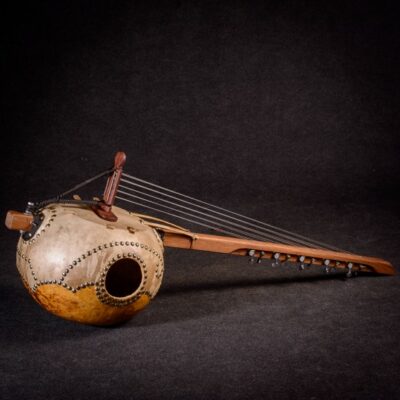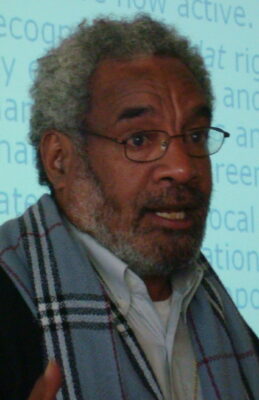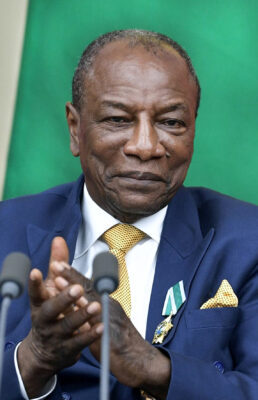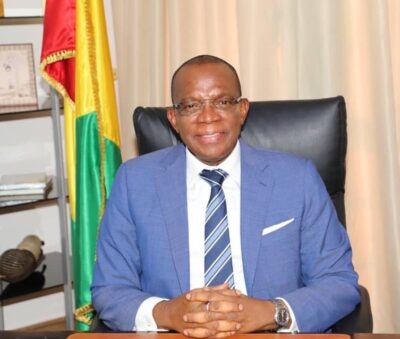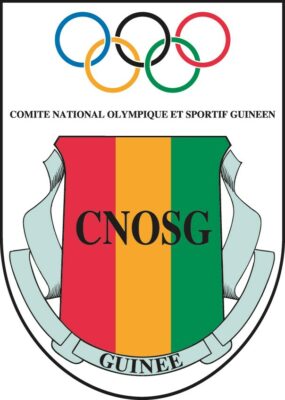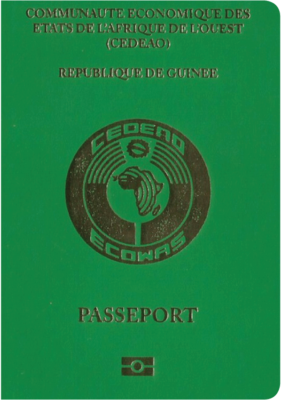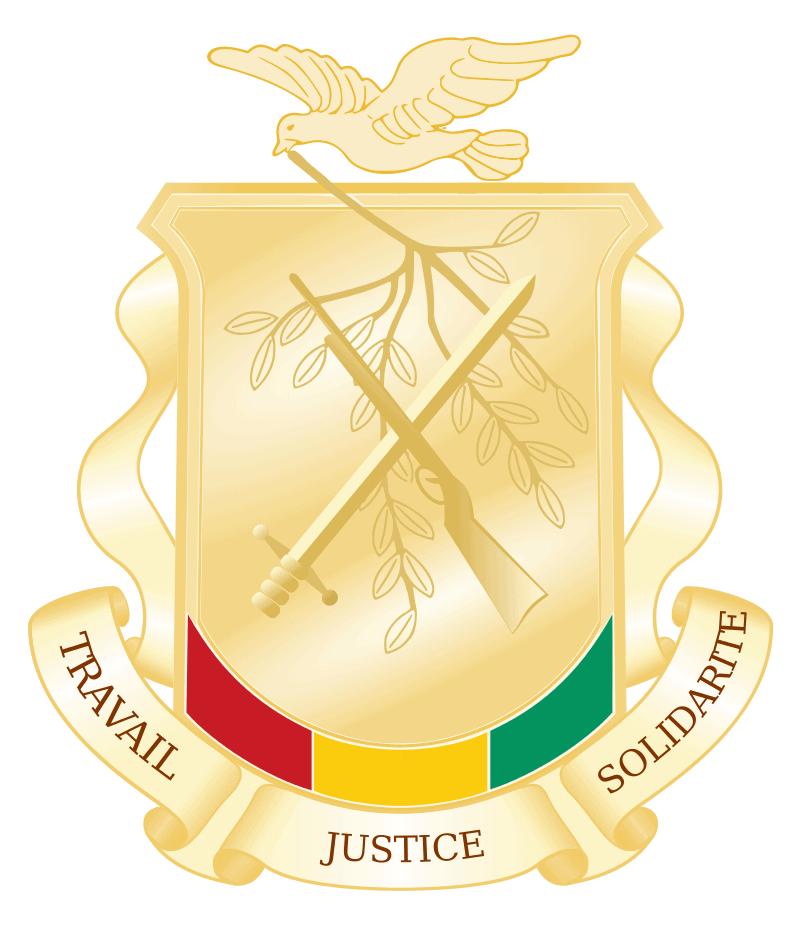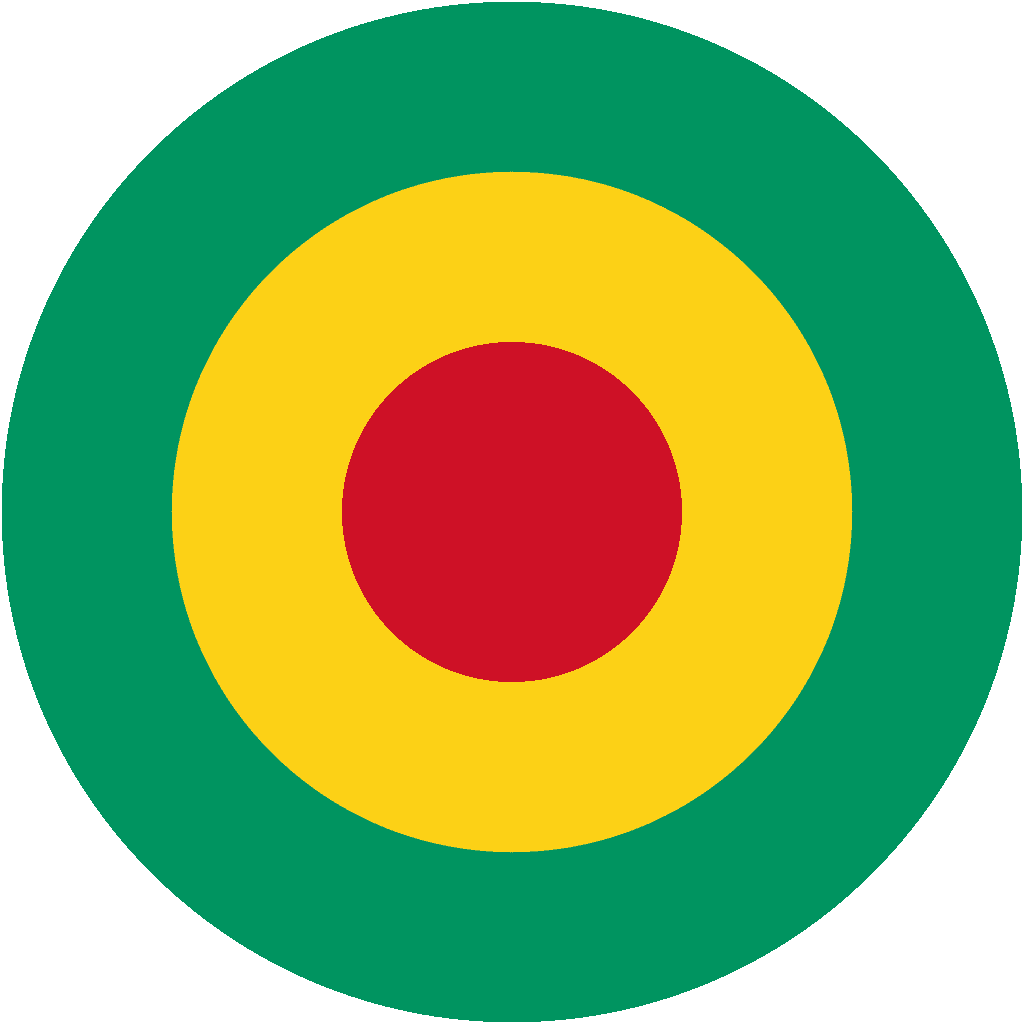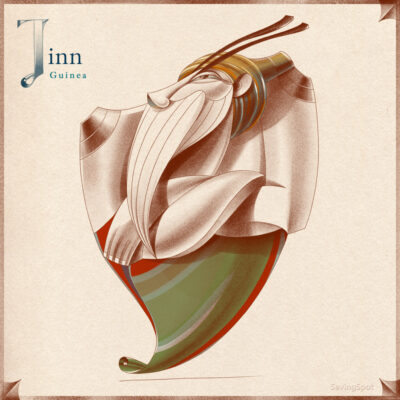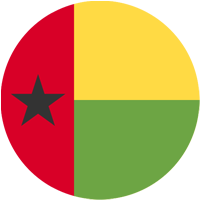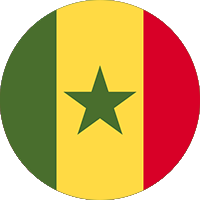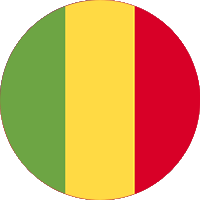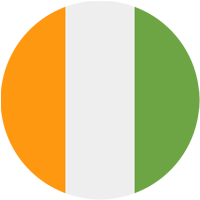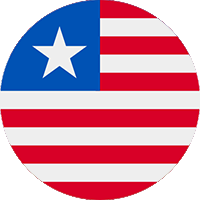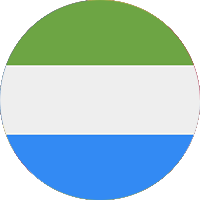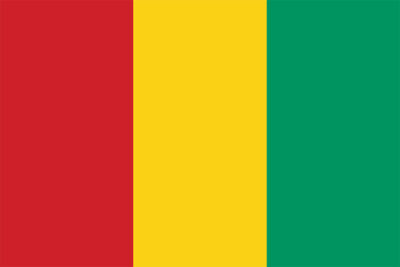National Symbols of Guinea
Last updated on August 27th, 2023 by Editorial Staff
Table Of Contents
By | Updated on August 27, 2023
Reviewed by Rittika
Guinea is a country in Africa. The official name of Guinea is the Republic of Guinea It shares borders with 6 countries: Guinea-Bissau, Senegal, Mali, Côte d’Ivoire, Liberia, and Sierra Leone. The people of Guinea are called Guineans. The country is situated in Western Africa, bordering the North Atlantic Ocean, between Guinea-Bissau and Sierra Leone.
Etymology discusses where a term is considered to have originated from and how its meaning has changed over time. Etymology has been a factor in the naming of countries all across the world, and Guinea has also been influenced. The etymology of Guinea can be defined as; Anglicized from Portuguese Guiné, traditionally derived from a corruption of Ghana above, originally about the interior and applied to the coast only after 1481.
An ethnicity is a group or sub-group of people who are connected based on common characteristics which may include religion, origin, language, traditions, or culture. The ethnic groups in Guinea include Fula, Mandinka, Susu, Kpelle, and Kissi.
Air Guinée is the national airline of Guinea. The national colors of the country are red, yellow, and green. The emoji flag of the country is ????????, and the ISO code is GIN.
Guinea is known for its rich deposits of diamonds and gold. The national dish of Guinea is Poulet Yassa. Malamba juice, in addition to being a traditional beverage, is one of the country’s national drinks. The national instruments of Guinea are Ngoni - a distant relative of the banjo, and balafon.
The country has the time zone UTC (GMT) followed by dd/mm/yyyy as the standard date format.
Guinea is divided into 8 regions. The capital of the country is Conakry, which is also the largest city in Guinea.
The literacy rate in Guinea is 32.0%.
The country’s total area is 245,857 km² (94,926 sq mi), and the total population is 13,132,795. The country’s average elevation is 472 m (1,549 ft), whereas the country’s terrain can be defined as; Generally flat coastal plain, hilly to mountainous interior. The country’s usual climate is generally hot and humid; monsoonal-type rainy season (June to November) with southwesterly winds; dry season (December to May) with northeasterly harmattan winds.
The area of land next to a sea is called the coast, and a coastline is defined as the line where land and sea meet. Guinea has 320 km of coastline.
The Guinean franc serves as the national unit of currency, and the Central Bank of the Republic of Guinea is recognized as the country’s central bank. The domain for Guinea is .gn and the country code is +224.
Museums are known to educate and connect visitors with the nation’s history, culture, civilization, art, and architecture. Sandervalia National Museum serves the same purpose and is considered one of the most significant tourist attractions. Sandervalia National Museum is home to a large collection of artifacts. It has been designated as the national museum of the country.
The national dress of Guinea is the Meri blouse, and 2 October is designated as National Day. In Guinea, the majority of the population practices Islam as their religion.
Nature is a blessing from God and we must protect it because it provides us with the oxygen and food to survive. It also helps to keep our environment beautiful and clean. To emphasize the significance of nature, Guinea has selected a few forces of nature as national symbols. Guinea’s national bird is the Raggiana bird-of-paradise, while its national animal is the African Forest Elephant. The national flower is Vernonia Djalonensis, whereas Papaya is the country’s national fruit. The national tree of Guinea is the Silk cotton tree, and the highest peak is Mount Richard-Molard.
Mythical creatures can be found in the literature and mythologies of many different nations. They represent imaginative representations of various creatures, humans, or hybrids. They are known for their specific features, supernatural abilities, and distinctive appearance. The mythical creature of Guinea is Jinn.
Sports have always played an important role in developing the social and cultural structure of Guinea and other countries. When it comes to designating a sport as the official symbol, Football is considered the country’s national sport.
Ahmed Sékou Touré is the founder of Guinea.
Mausoleums are buildings dedicated to holding someone’s remains. It serves as a reminder of the nation’s revolutionary fighters who sacrificed their lives for the country. Mausoleums are one of the most significant historical landmarks. The national mausoleum of Guinea is Conakry Grand Mosque. The country’s national hero is Viktor Kaisiepo.
Numerous organizations are working on a global level to improve the current state of affairs and to collaborate in order to establish and maintain constructive partnerships. Guinea is a member of the African Union (AU), Organisation internationale de la Francophonie (OIF), AND United Nations (UN). Guinea collaborates with them to organize, analyze, and address various events and situations.
“Travail, Justice, Solidarité – “Work, Justice, Solidarity” is the official motto of the country.
Ibrahima Kassory Fofana is the current Prime minister of Guinea, and Alpha Condé is the President.
Guinea has declared French as the country’s official language.
– Learn about Guinea flag color codes and their meanings –
– Further information regarding the symbols and knowledge of Guinea can be found in the table of contents –
Country information
Coat of arms
Flag map of Guinea
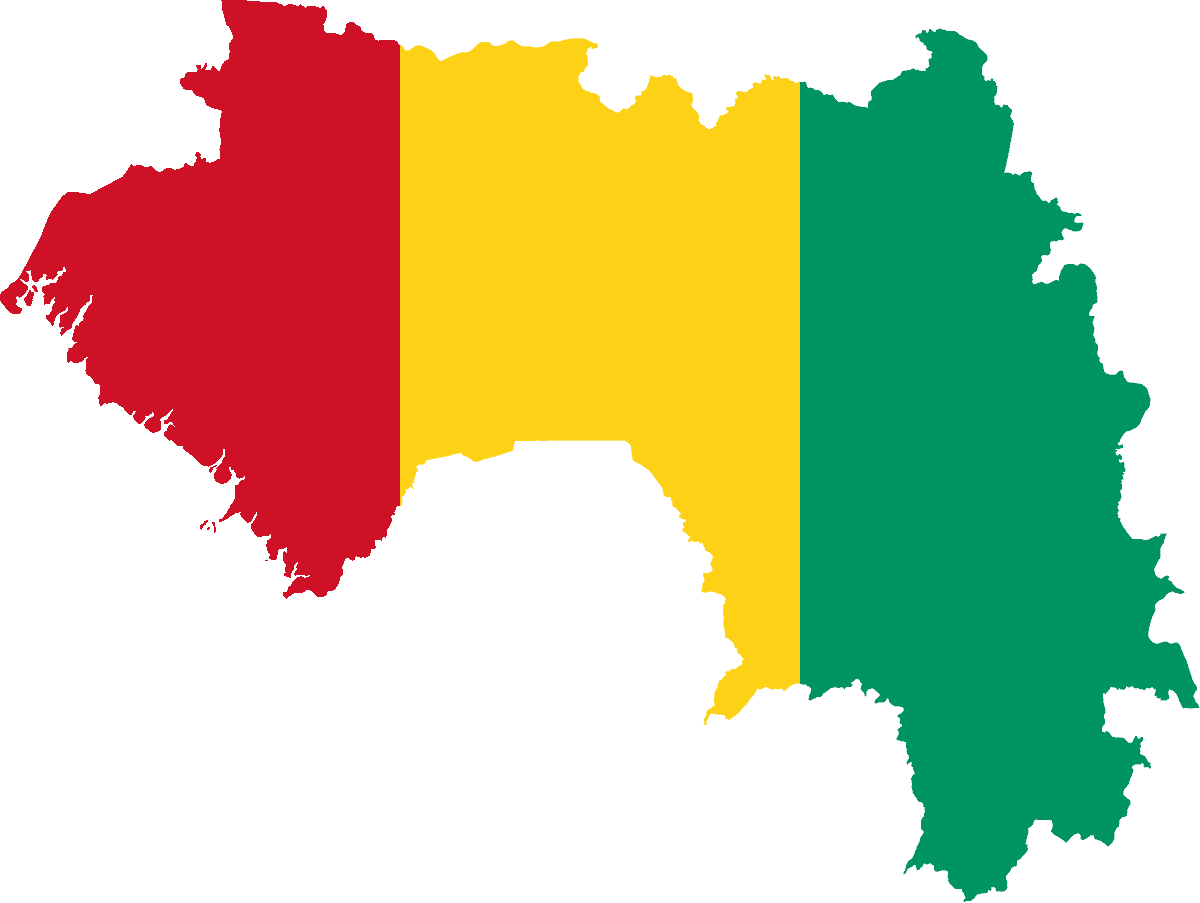
Motto of Guinea
Travail, Justice, Solidarité - "Work, Justice, Solidarity"
National animal of Guinea
The National animal of Guinea is African Forest Elephant
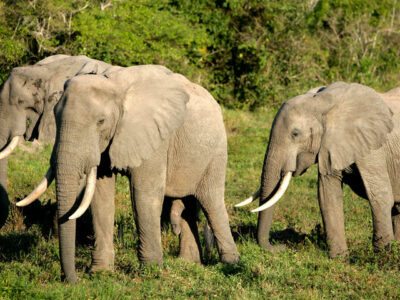
National flower of Guinea
The National flower of Guinea is Vernonia Djalonensis. Botanical name is Vernonia Djalonensis.
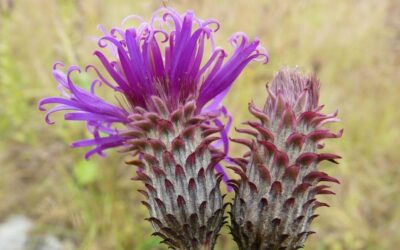
National bird of Guinea
The National bird of Guinea is Raggiana bird-of-paradise
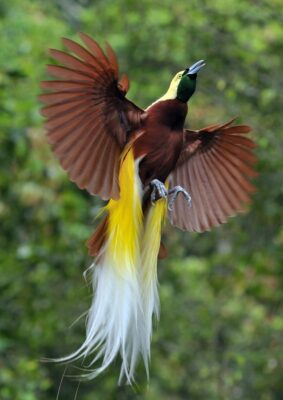
Rest of the National symbols of Guinea 👇
-
FounderAhmed Sékou Touré
-
National dishPoulet Yassa
-
National danceThe balélé
-
National dressMeri blouse
-
National monumentNot Declared
-
National anthemView Anthem
-
National fruitPapaya
-
National drinkMalamba juice
-
National colorsRed, yellow, and green
-
National sportsFootball
-
National treeSilk cotton tree
-
National poetNot Declared
-
National mausoleumConakry Grand Mosque
-
National archivesNational Archives of Guinea
-
National museumSandervalia National Museum
-
National libraryNational Library of Guinea
-
Central BankCentral Bank of the Republic of Guinea
-
Highest peakMount Richard-Molard
-
Tallest buildingKakimbo Towers
-
National football teamGUI
-
Tourism sloganN/A
-
Emoji flag????????
-
National airlineAir Guinée
-
National instrumentNgoni - a distant relative of the banjo, and balafon
-
National heroViktor Kaisiepo
-
PresidentAlpha Condé
-
Prime MinisterIbrahima Kassory Fofana
-
Olympics CommitteeComité National Olympique et Sportif Guinéen
-
PassportPassport of Guinea
-
ArmyPeople's Army of Guinea
-
Air ForceGuinea Air Force
-
Mythical CreatureJinn
Neighbouring countries of Guinea
Guinean Proverbs - Popular quotes, proverbs and sayings.
A camel does not joke about the hump of another camel. Around a flowering tree, one finds many insects. He who has not yet reached the opposite shore should not make fun of him who is drowning. To have two eyes is cause for pride; but to have one eye is better than to have none. When you don't wait for it tomorrow still comes.

